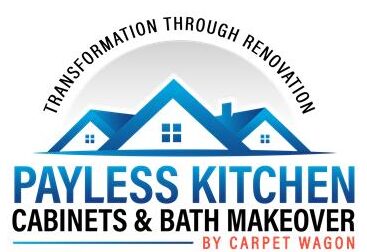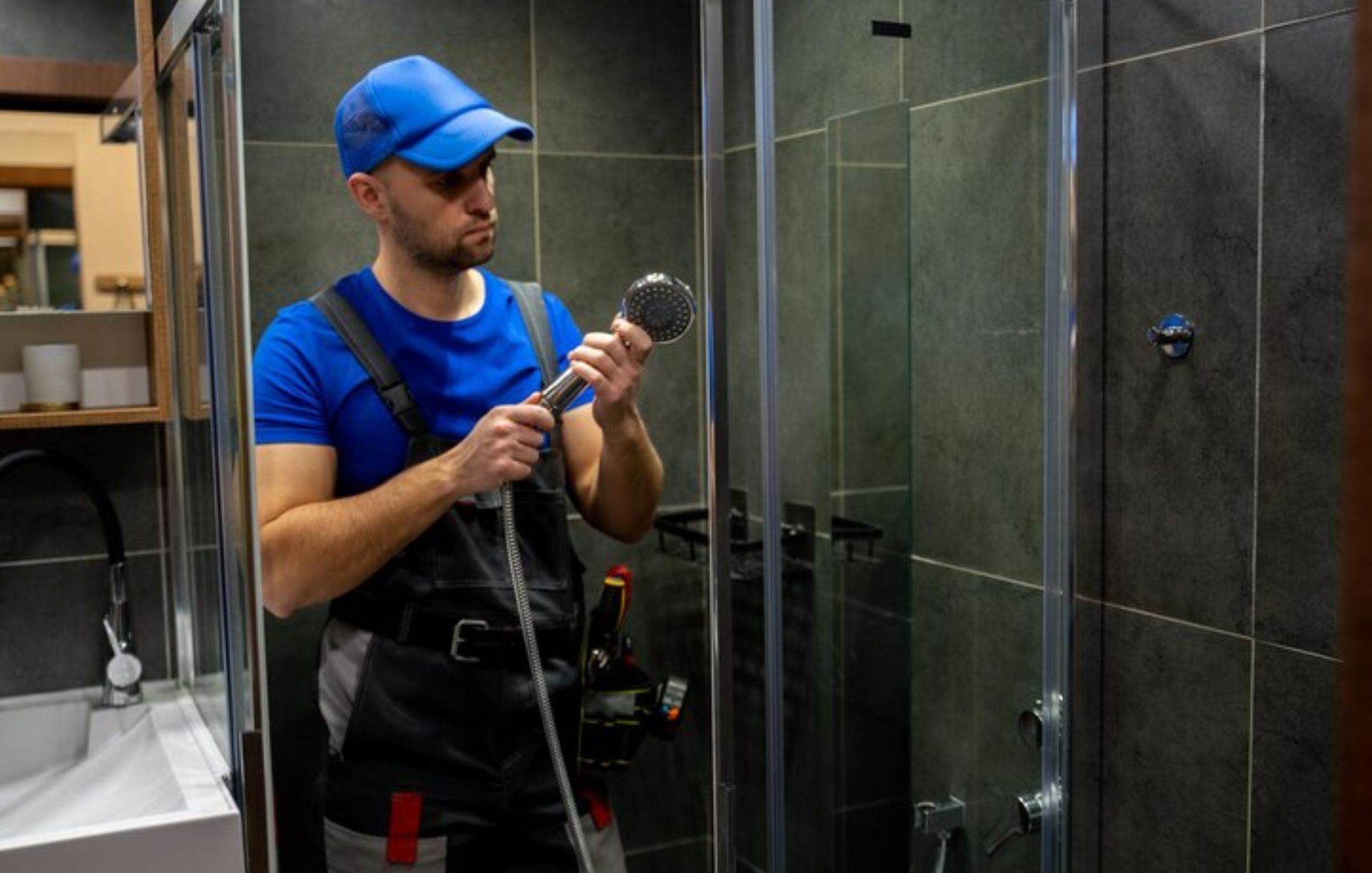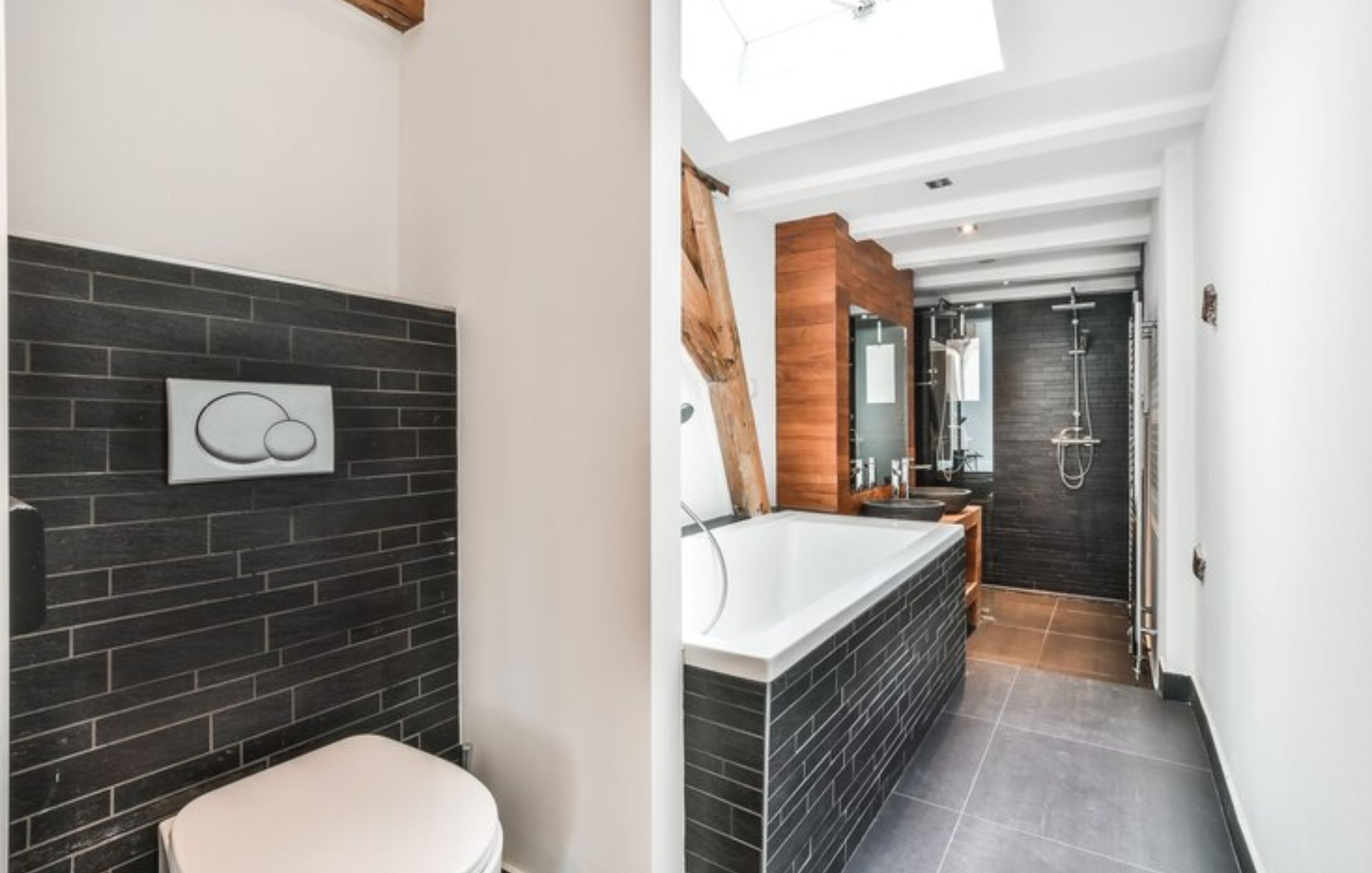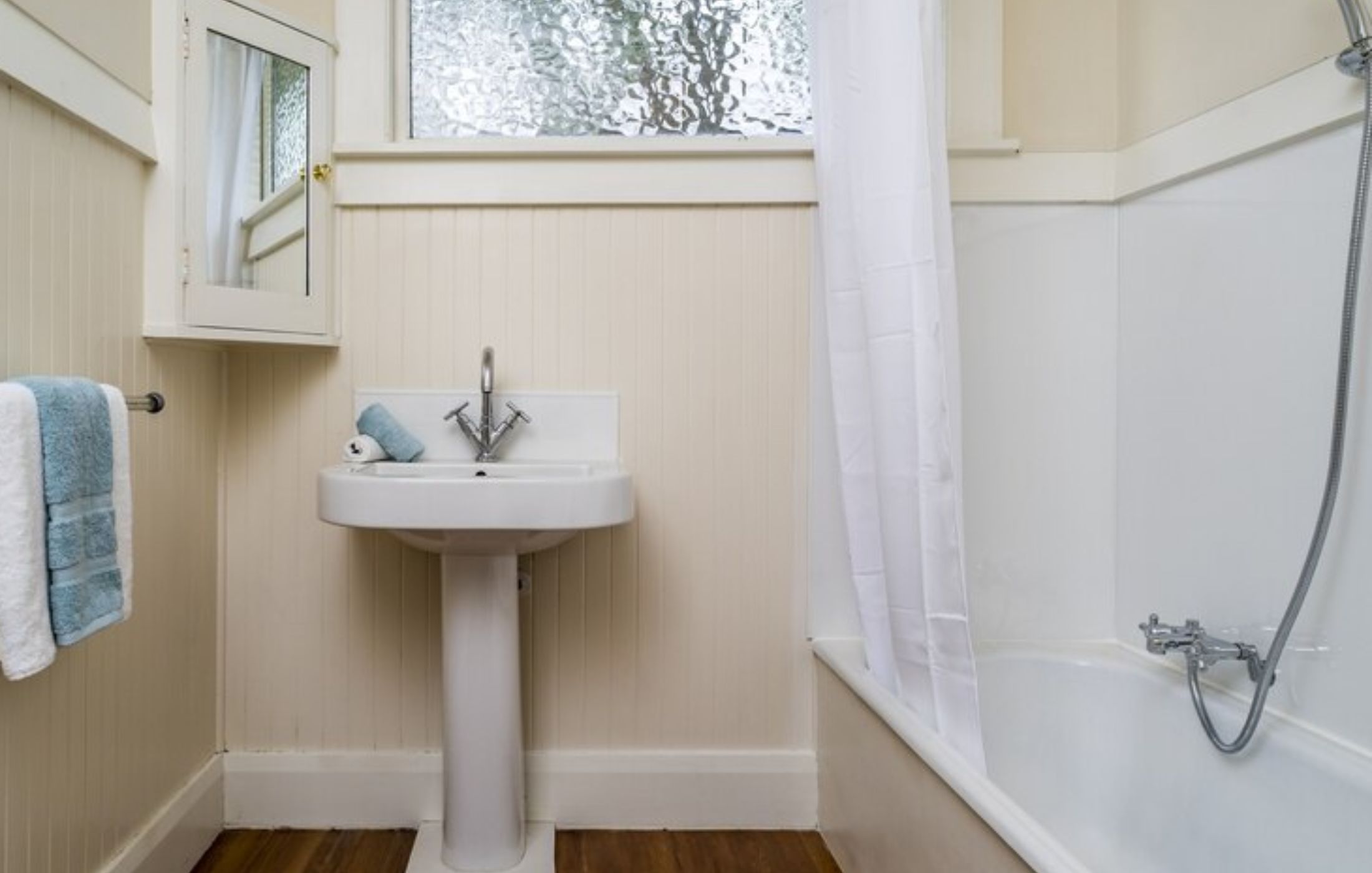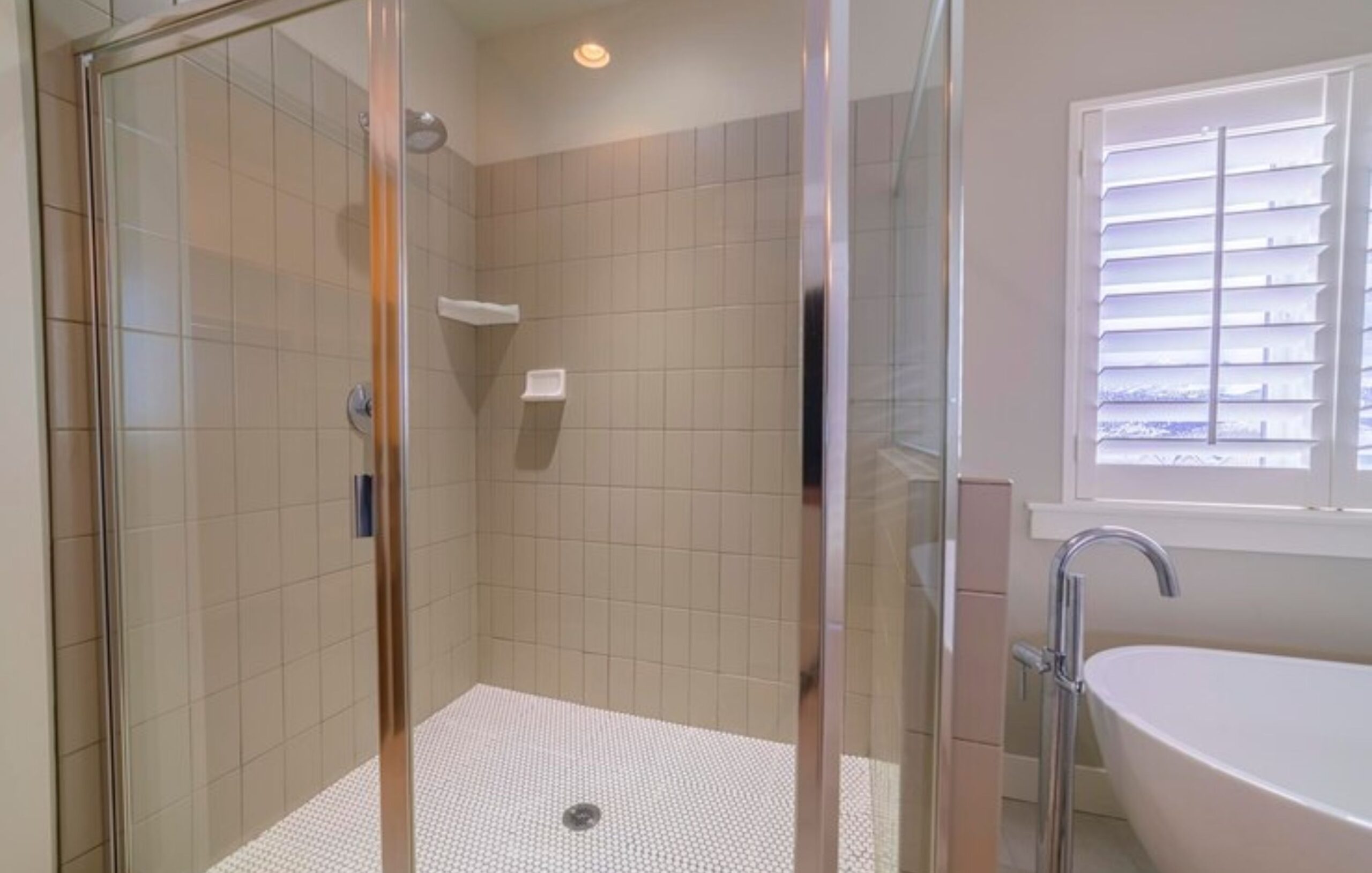If you’re shopping around for new countertops or just curious about what is quartz slab, you’re in the right place. Quartz has become one of the top choices for kitchens and bathrooms alike, and for good reason. It combines beauty with practicality and comes in a wide range of colors and finishes. Let’s take a closer look at what makes quartz slabs so popular and whether they’re the right fit for your space.
Defining Quartz Slabs: Engineered vs. Natural Stone
Quartz slabs are often grouped together with natural stone options, but they’re not quite the same. The biggest difference? Quartz slabs are man-made using a mix of natural quartz crystals and resins. This engineered process allows for greater consistency and more control over color, pattern, and finish.
Quartz vs. Granite vs. Marble – Key Differences
When asking what is quartz slab is, it’s helpful to compare it with other popular materials like granite and marble. Granite and marble are both natural stones that are cut directly from the earth. They’re unique; no two slabs are the same, and they usually require more maintenance. Quartz, on the other hand, is engineered, offering a more uniform look and a surface that doesn’t need sealing. While granite is generally more heat resistant and marble is softer and prone to staining, quartz strikes a balance by providing durability with less upkeep.
The Manufacturing Process Behind Quartz Slabs
The process starts with ground quartz crystals combined with resins and pigments. This mixture is poured into molds and pressed under high heat and pressure to form slabs. Once cooled, the surface is polished to the desired finish. This method allows for a variety of colors and textures, from sleek modern looks to styles that mimic natural stone.
Composition and Materials
- Core Ingredients: Quartz, Resins, and Pigments
When asking what is quartz slab, it helps to understand what it’s made of. The primary ingredient in quartz slabs is natural quartz, which typically makes up about 90 to 95 percent of the final product. The remaining portion consists of resins that hold everything together and pigments that give each slab its color. Some variations even include small fragments of glass or metal to create a more distinctive appearance.
- Quality Grades and What They Mean
Not all quartz slabs are created equal. Higher-quality slabs use more pure quartz and less resin, which results in better durability and appearance. The grade can affect the price, but more importantly, it can affect how the slab holds up over time.
Advantages of Quartz Slabs
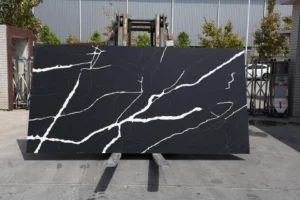
- Durability and Strength Benefits
Quartz is one tough material. It’s scratch-resistant and won’t chip easily, which makes it a great choice for busy kitchens and bathrooms. It stands up well to daily wear and tear without losing its good looks.
- Non-Porosity: Stain & Bacteria Resistance
One of the standout features of quartz is that it’s non-porous. That means liquids can’t seep into the surface, which helps prevent stains and keeps bacteria from settling in. This makes it a more hygienic option for food prep areas.
Limitations of Quartz Slabs
- Heat Sensitivity: What to Know
While quartz is strong, it doesn’t love heat. Placing hot pots or pans directly on the surface can cause damage. It’s best to use trivets or hot pads to protect the countertop.
- Risk of Fading and UV Damage
Quartz isn’t ideal for outdoor use or in spaces with a lot of direct sunlight. Over time, UV rays can cause the colors to fade or discolor. If you’re installing in a sunny spot, it’s something to keep in mind.
Applications of Quartz Slabs
- Kitchen Countertops – The Popular Choice
Most people first encounter quartz in the kitchen. It’s a perfect match for countertops thanks to its strength, style options, and easy maintenance. Whether you want something clean and modern or a look that mimics marble, quartz has you covered.
- Bathroom Vanities & Sinks
Quartz also works well in bathrooms, especially for vanities and integrated sinks. It resists water damage and stains from common toiletries, making it a smart and attractive choice.
- Wall Cladding and Backsplashes
Some homeowners take quartz beyond countertops and use it as a backsplash or even full wall cladding. It creates a seamless, high-end look and is easy to clean — no grout lines to worry about.
Quartz Slab Installation & Maintenance
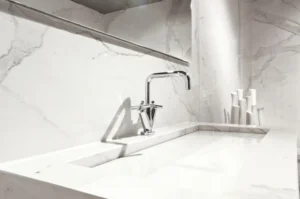
- Professional Installation vs. DIY
Installing quartz isn’t usually a DIY job. The slabs are heavy, and precision is key when it comes to cutting and fitting. Professional installers have the tools and experience to do it right and avoid cracks or gaps.
- Seams, Cuts, and Edge Profiles Explained
Most quartz slabs come in standard sizes, so large installations will have seams. A skilled installer can make these seams less noticeable. You can also choose from different edge profiles, from simple square edges to more decorative options to match your style.
Choosing the Right Quartz Slab
- Comparing Brands & Warranties
There are plenty of brands on the market, each with its own look, feel, and price point. It’s worth looking into what kind of warranty is offered and what it covers. Some brands are known for durability, while others stand out for design.
- Sample Testing & Color Matching
Colors and patterns can look different in your home than in a showroom. Always ask for samples and check them under your room’s lighting. Match the slab to your cabinetry, flooring, and wall colors for a balanced look.
- Budgeting and Value Assessment
Quartz isn’t the cheapest option, but it’s often worth the investment. Think about the long-term value: low maintenance, long lifespan, and a timeless look that won’t go out of style anytime soon.
Sustainability & Environmental Impact
- Eco-Friendly Manufacturing Practices
Some quartz manufacturers use sustainable methods, such as recycling water and using low-emission production techniques. This can make quartz a better choice for those looking to be more environmentally conscious.
- Recycled Content and Certifications
Certain brands offer slabs that include recycled glass or stone. Others have environmental certifications that signal greener practices. If that’s important to you, it’s worth asking your supplier for more information.
Cost Breakdown: Quartz Slabs Compared
- Price Range per Square Foot
Quartz typically runs between $50 and $120 per square foot, depending on the brand, color, and quality. This includes fabrication and installation in most cases.
- Hidden Costs: Fabrication, Transport, Installation
Besides the slab itself, you’ll need to consider costs like cutting, edging, and transportation. If your design includes curves or unique shapes, that can also raise the price. Make sure to get a full quote before committing.
Contact us today for a free quote and personalized slab recommendations.
Conclusion: Is Quartz Right for You?
If you want a countertop that looks great, stands up to daily use, and doesn’t ask for much in return, quartz is a solid choice. It offers style, durability, and low upkeep all in one. From busy family kitchens to sleek modern bathrooms, quartz can fit right in.
When you’re ready to choose, take your time looking at samples, comparing brands, and finding an installer you trust. With the right pick, you’ll enjoy the look and function of quartz for many years to come.
- Top Mistakes to Avoid During a Shower Remodeling Project - August 28, 2025
- Step-by-Step Guide to a Stress-Free Bathroom Remodel - August 28, 2025
- Small Bathroom Remodeling Tips That Make a Big Difference - August 28, 2025
